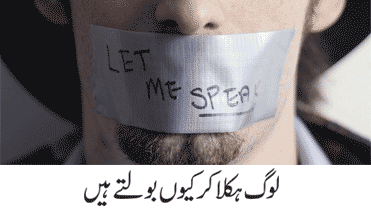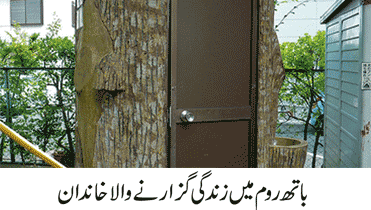Education System in Pakistanپاکستان کا نظام تعلیم
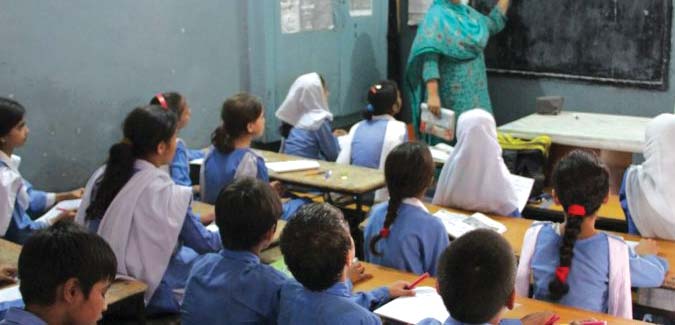
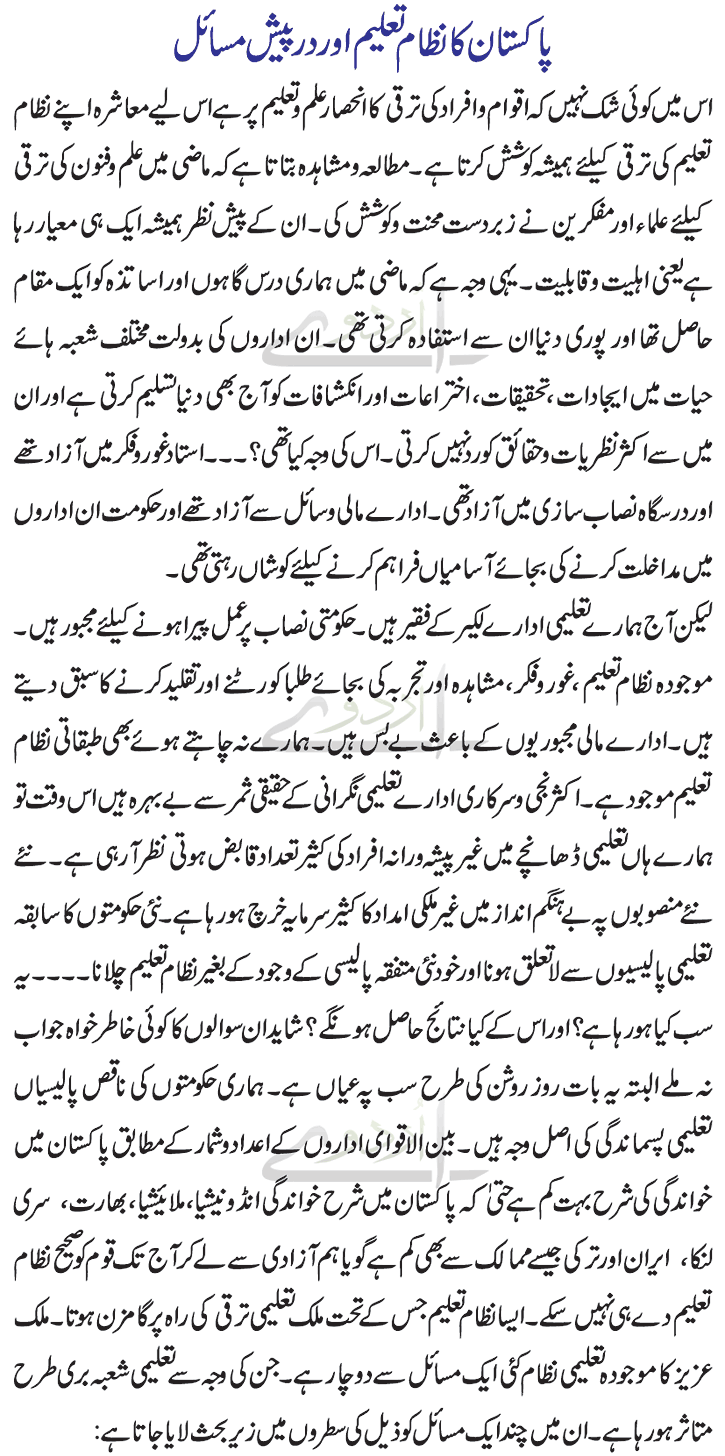
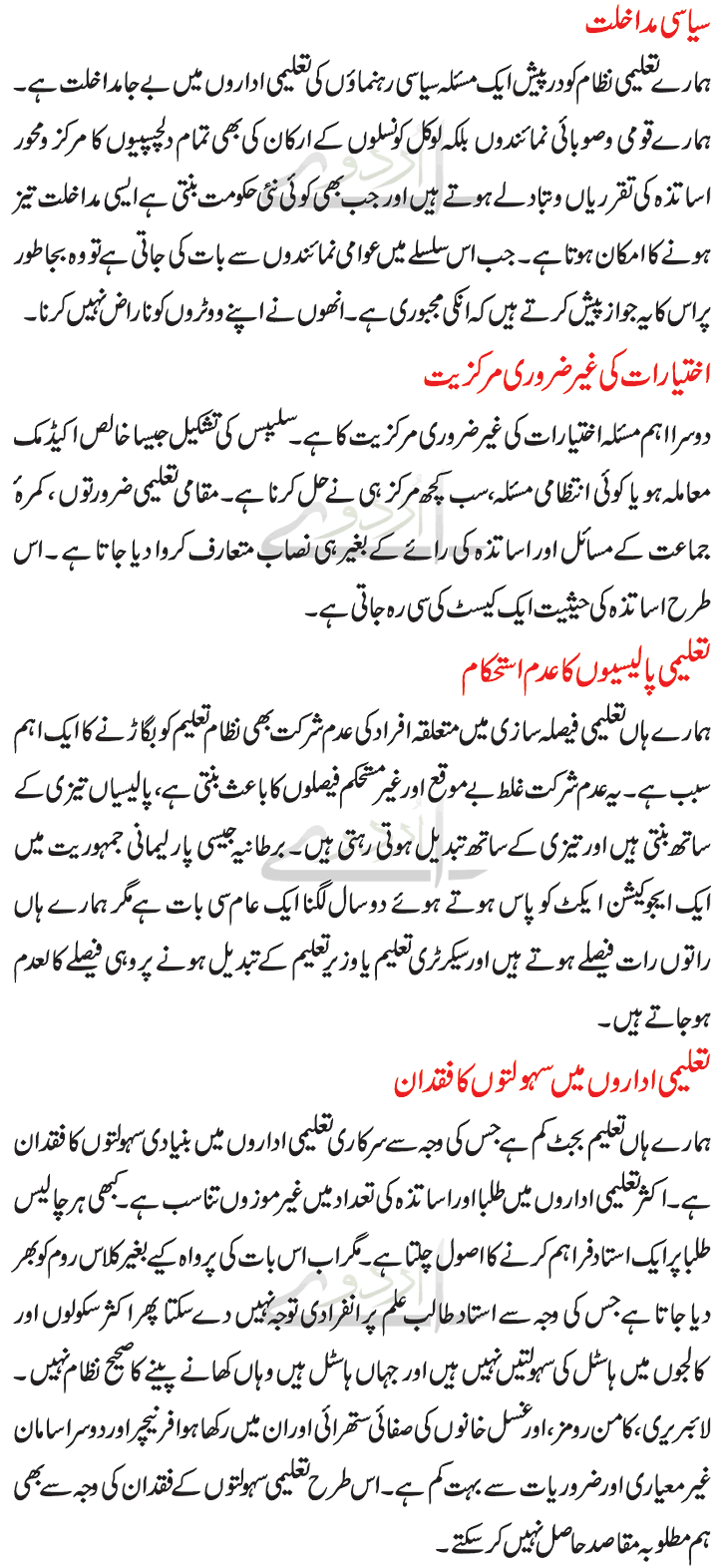

What does the constitution of Pakistan say about education?
- What are the flaws in the education system in Pakistan?
- How do corruption and political instability affect education?
- What is the ranking of Pakistan in terms of the out of school population?
Constitutionally, free and compulsory education is the fundamental right of all Pakistanis. It is the responsibility of the state to educate the children of the ages of 5 to 16 year. The article 25-A of the constitution of Islamic Republic of Pakistan reads:
“The State shall provide free and compulsory education to all children of the age of five to sixteen years in such manner as may be determined by law.”
The present education system is replete with flaws and loopholes. For the fulfilment of its responsibility of educating the public, the government needs a strong and effective education system which can deliver the desired results.
The Education System in Pakistan:
Currently, a six-tier education system in running in Pakistan which consists of the following levels:
- Pre-school – children aged 3 to 5 years
- Primary Education – grades/classes 1 through 5
- Middle/Elementary Education – grades/classes 6 through 8
- High/Secondary Education – grades/classes 9 and 10 (leading to Secondary School Certificate or SSC)
- Intermediate/Higher Secondary Education – grades/classes 11 and 12 (leading to Higher Secondary School Certificate or HSSC)
- University Education – undergraduate, graduate, master and doctorate degrees.
Both the federal and the provincial governments are entitled to run and oversee the literacy programs in the country. The educations running under the central and provincial governments are scattered across the country.
Education System in Pakistan Issues and Problems:
Despite the introduction and implementation of around two dozen policies and plans, the education system in Pakistan is facing numerous issues and problems of grave nature. The literacy rate is still below 60% (2016) which puts a question mark on the effectiveness of the learning infrastructure in the country.
Some of the major education system in Pakistan issues and problems are listed below:
Low Budget Allocation:
Pakistan is one of the countries in the world with lowest budgetary allocation for education. She spends only 2% of its national GDP on education. Consequently, millions of children are out of school in the country, i.e. they are deprived of their fundamental (constitutional) right to free and compulsory education. So, the budgetary allocation for education should be increased from 2 to 7 percent.
Corruption:
While the budget for education is already insufficient, the corrupt elements in the management structure further aggravate the situation by filling their pockets through illegitimate means. So, corruption can be regarded as one of the major factors contributing to the failure of educational policies in Pakistan.
Read More: What is Corruption in Urdu and English
Political Instability:
The unstable political environment also affects the efficiency of education system in Pakistan. Political agitations pose hindrance to the implementation of government policies for improving the standard and quality of learning.
Terrorism and Insecurity:
In the recent past, the country has witnessed a wave of inhuman terrorist attacks on the educational institutions. For example, in the years from 2009 to 2013, as many as 642 attacks were launched by the enemies of education and of humanity. So, the parents feel reluctant to send their children to school. On the other hand, the school going children have to study in an insecure and fearful environment which affects the quality of education.
Untrained Teachers:
As less educated and untrained teachers are employed in the schools, they are unable to impart a good quality education to the students.
Lack of Check and Balance:
The lack of proper check and balance promotes negligent behavior on the part of the administrators, educationists and the educators. If the individuals shirking from their responsibilities are brought to book, the education system in Pakistan can significantly be improved.
Poor Infrastructure:
The poor infrastructure, poorly equipped classrooms and debilitating learning environment make major contribution to the inability and failure of education system in Pakistan to deliver the desired results.
Poverty:
Though the government has launched educational reforms to make the education totally free for the children from poor backgrounds, poverty is still a big hindrance on the way to education. The poor parents prefer making their children economic supporters of the family rather than sending them to schools.
Other education in Pakistan issues and problems include unequal standards of education in the public and private section institutions, lack of technical education, regional disparity, unequal educational opportunities for male and female students, and so on.
Facts about Education System in Pakistan:
- Did you know Pakistan has been ranked as one of the top English speaking nations in the world?
- Around 50% Pakistanis have command over the English language.
- While literacy rate in the Federal Capital, Islamabad, is 87%, only around 9.5% of tribal area females are literate.
- According to a survey conducted in 2016, the literacy rate in Pakistan is 58%.
- The Pakistani universities produce about 445,000 graduates every year.
- Did you known Pakistan has been listed among the countries with the lowest literacy rate?
- The country has the second largest out of the school population (of children) after Nigeria.
- Only 1 in 3 women in Pakistan can read and write.
- According to the findings of Pakistan Social and Living Standards Measurement Survey 2004-5, only 7 percent of girls in the rural areas of Baluchistan are literate.
- The UN World Population Revision 2004 suggests Pakistan will become the 4th largest country by population by 2050.
- As many as 642 terrorist attacks were launched on educational institutions in Pakistan from 2009 to 2013.
- Spending just 2% of her national GDP on education, Pakistan is listed among the countries with the lowest educational budgets. (2004)






